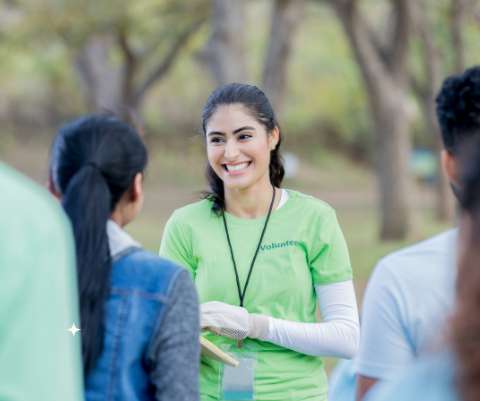Volunteer Training: Exceeding Expectations
Volunteer Hub
MARCH 3, 2022
Benjamin Franklin once said “An investment in knowledge always pays the best interest.” Here are a few additional benefits hands on training provides: Provides supporters with a safe learning environment. Offers supporters the opportunity to collaborate and learn from others. Leverage Existing Skill-sets.

















Let's personalize your content